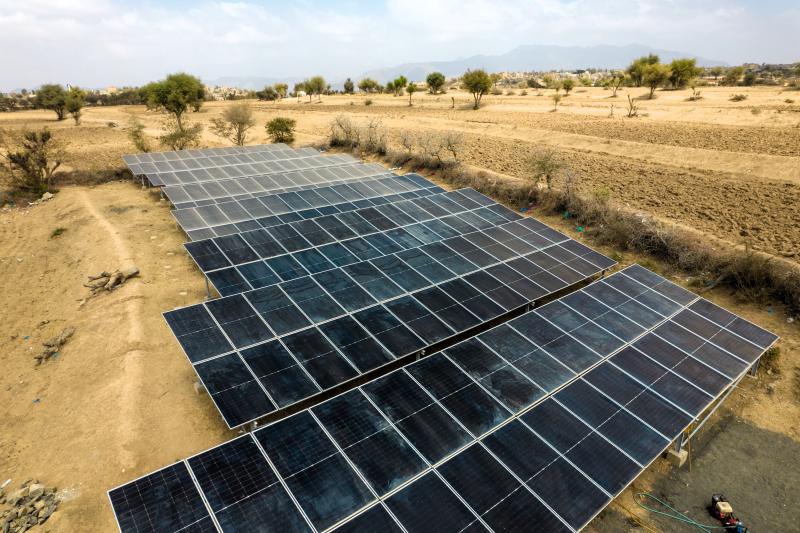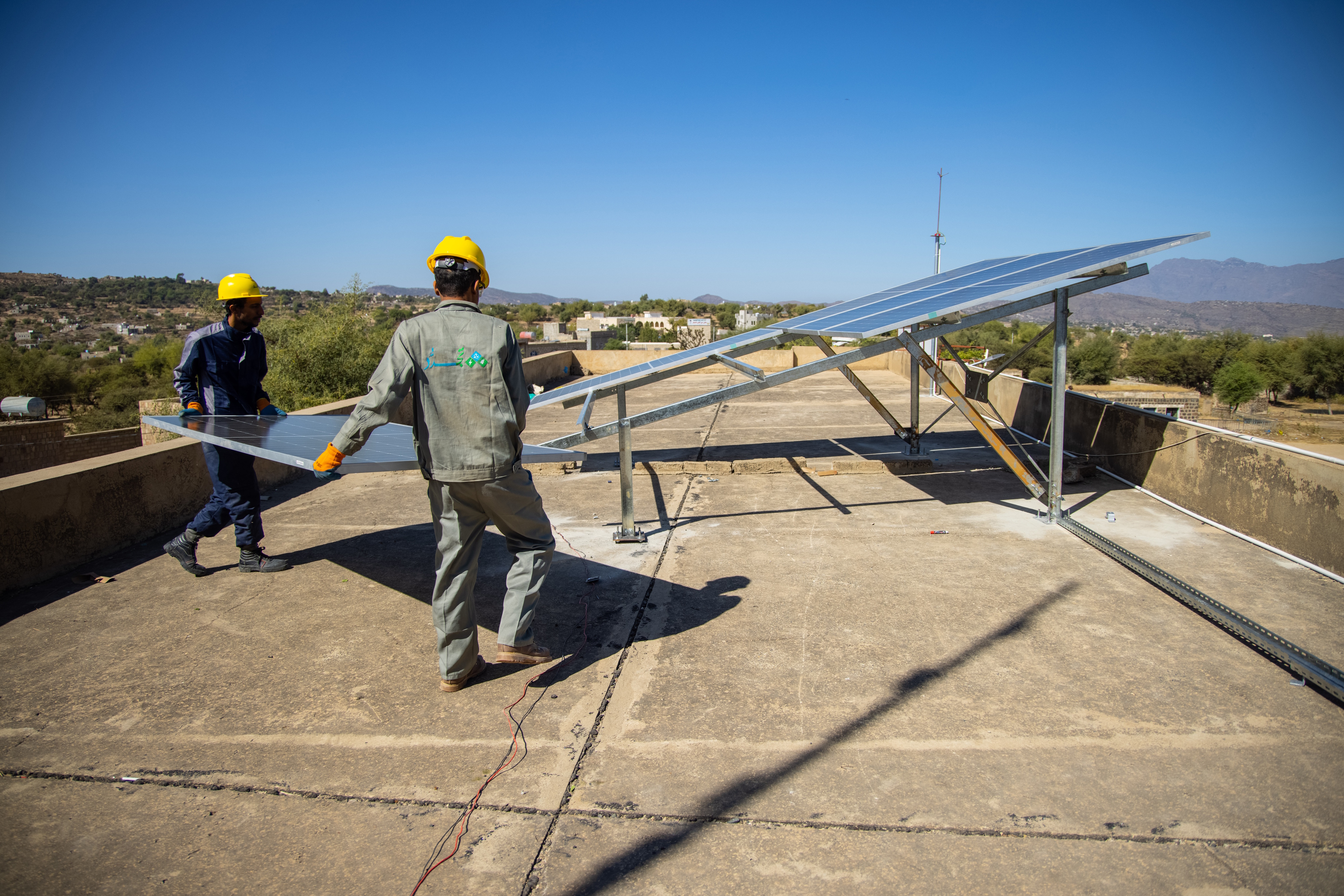

Access to energy in Yemen was limited before the current conflict began nearly a decade ago. Since then, the energy crisis has worsened. Most households in Yemen struggle with irregular access to electricity and ongoing power outages.
Excessive dependency on fossil fuels had become the only option for some. But as the price of diesel skyrocketed over the years, regular access to electricity has moved out of reach for many Yemenis. This lack of reliable electricity has had a profound impact on various aspect of life in Yemen. Hospitals struggle to operate, schools cannot provide quality education, businesses face operational challenges, and households suffer from daily power outages. Water systems, which heavily rely on electricity for pumping, have also been disrupted, leading to water shortages and lack of adequate sanitation.
Through funding from the European Union (EU) and Government of Sweden, Supporting Resilient Livelihoods, Food Security, and Climate Adaptation in Yemen (the ERRY Joint Programme III), the United Nations Development Programme (UNDP) has supported a range of decentralized off-grid initiatives to address the energy crisis.
Over 164 public service facilities, including schools, healthcare centres, and local administration offices, have received solar energy equipment since 2023, benefiting 199,745 individuals (including 16,175 women) and allowing public services to resume critical functions in difficult times.
These small solar energy devices, installed across Yemen’s countryside, have sparked significant change.

Solar energy has transformed access to education across Yemen. Ninety-eight schools have benefited from solar power through the ERRY JP III, allowing education staff to print materials, provide sufficient lighting, improve classroom ventilation, and operate computers. This has created more conducive learning environments for students.
In Lahj Governorate, the solar energy system installed at Kod Otira School has provided much-needed power to the school, improving the school's overall functionality, and maximizing the impact on target communities. The school itself was built by the World Food Programme (WFP) as part of the ERRY JP III.
Mr. Ali, the school principal, shares, "Before the solar system, our students suffered through the hot summer months. But now, with the power of the sun, we can keep our classrooms cool and comfortable. This has significantly reduced student dropout rates and improved the overall learning environment."

To read the full article, please head over to its original publication undp.org/yemen